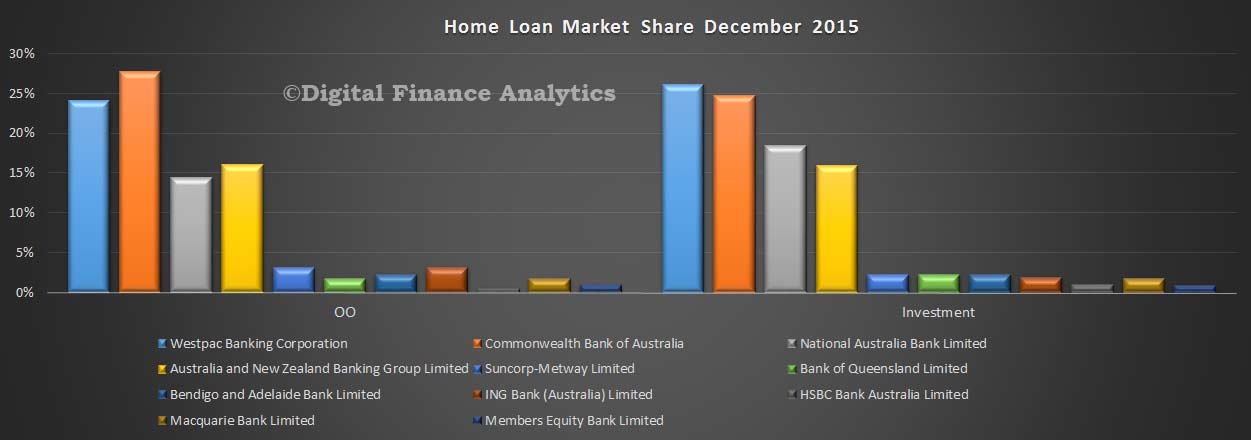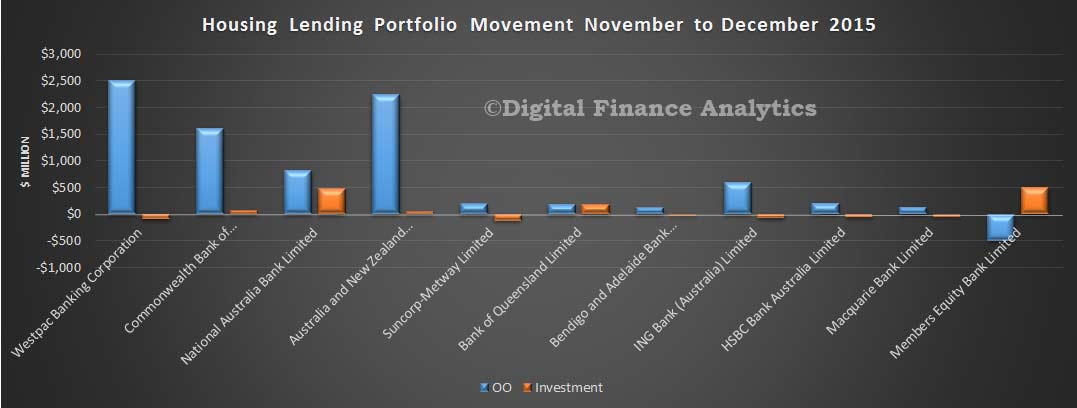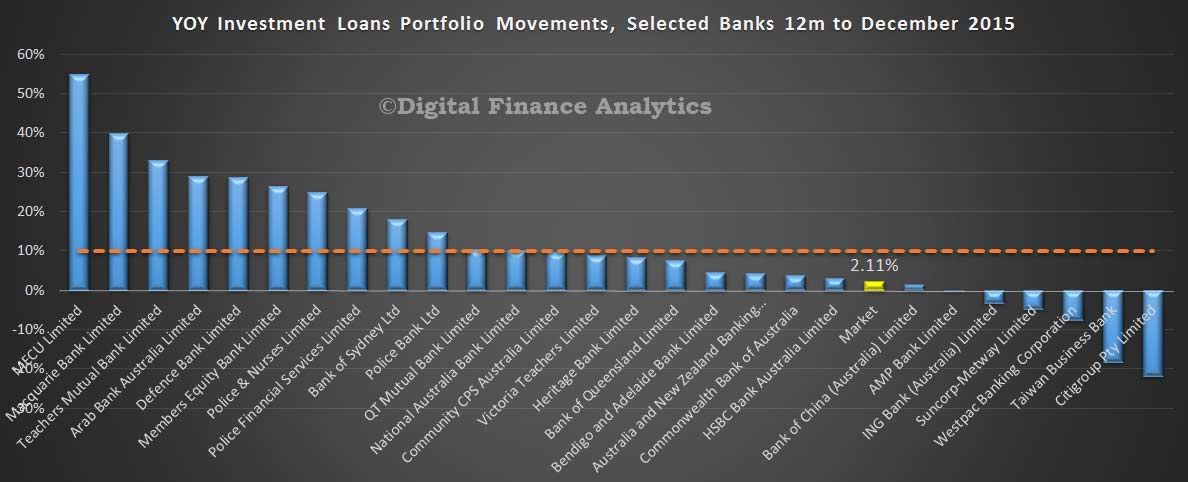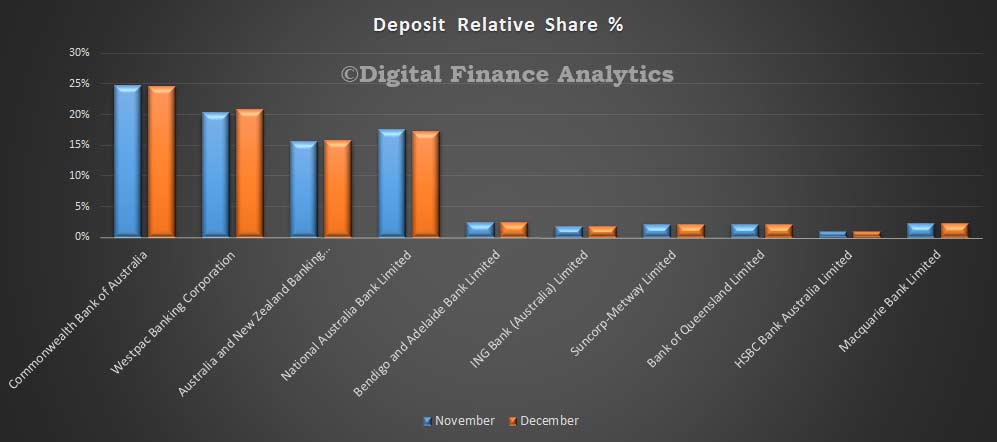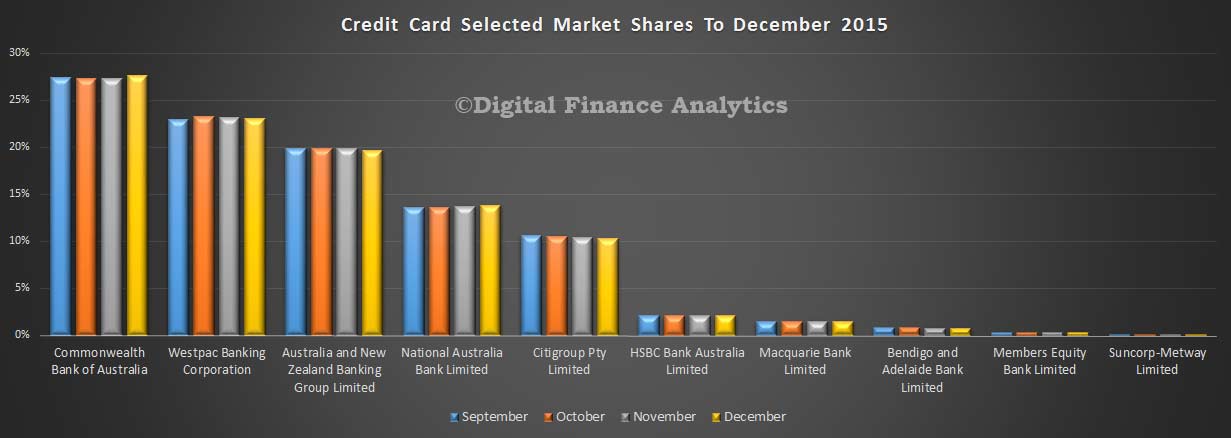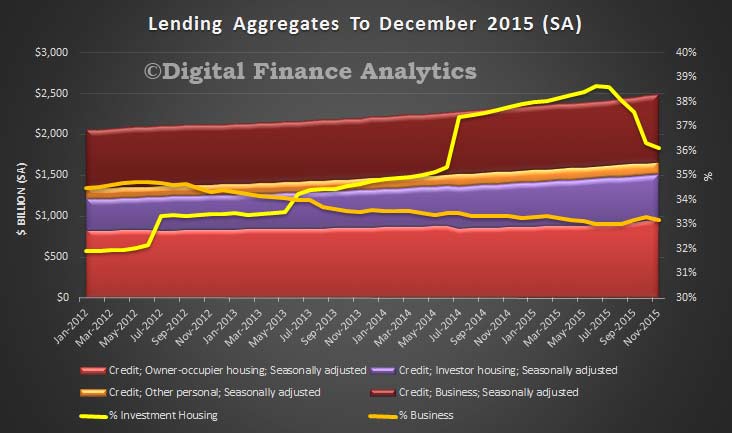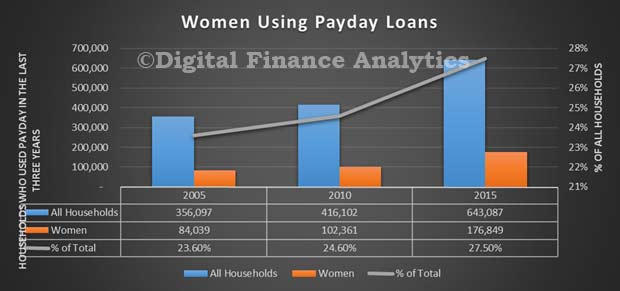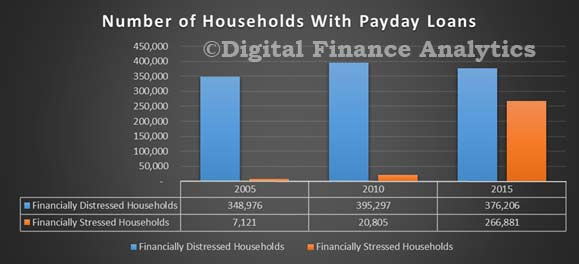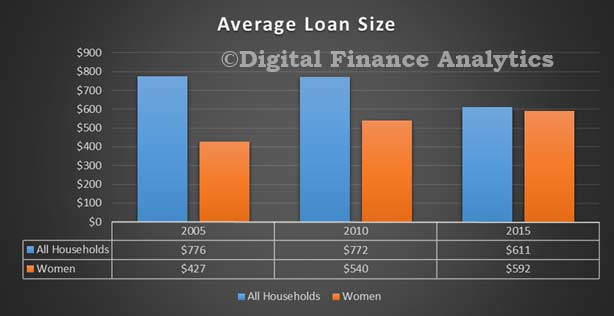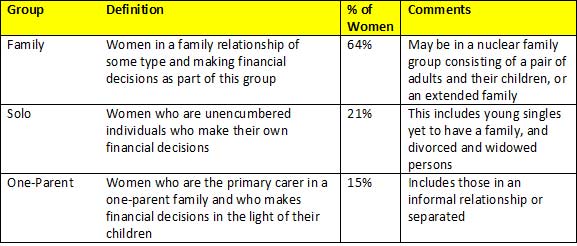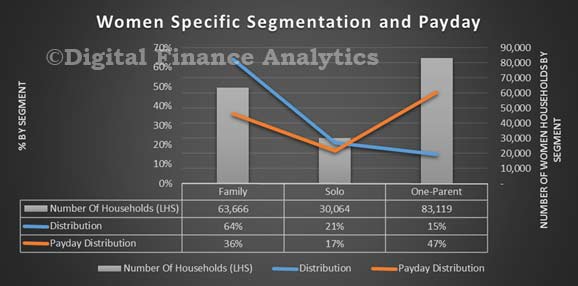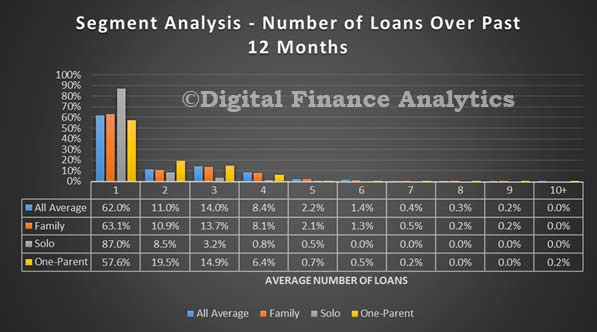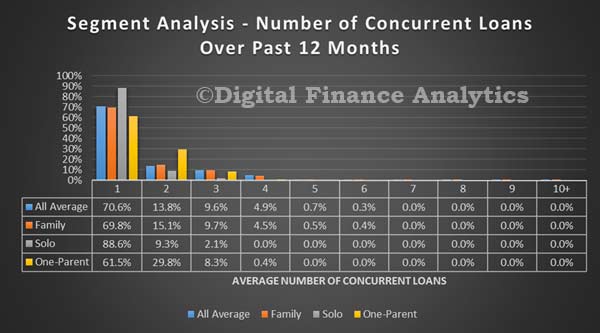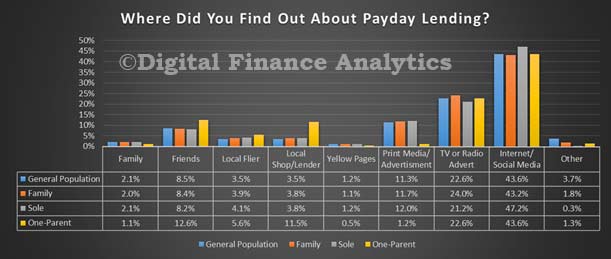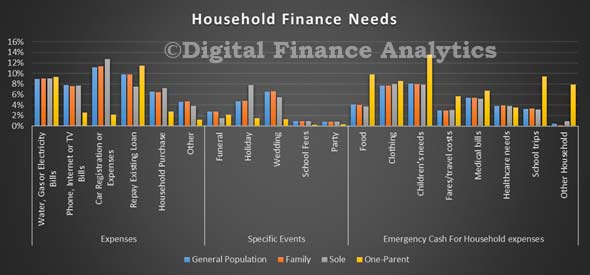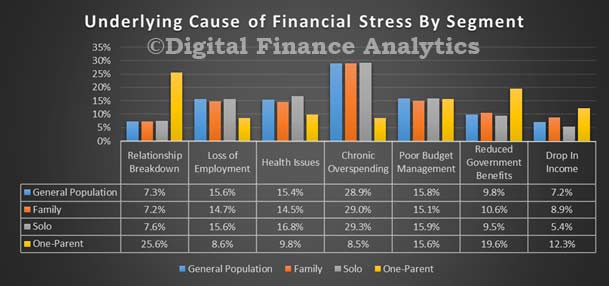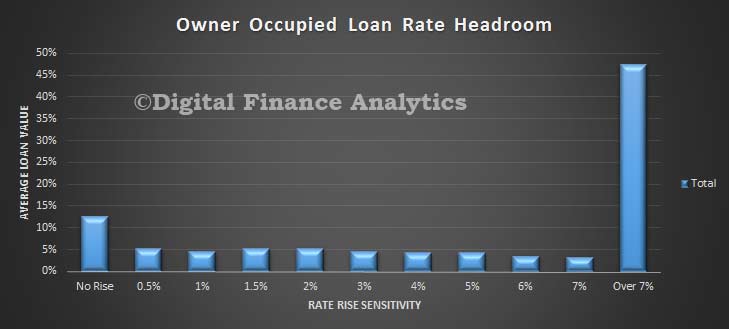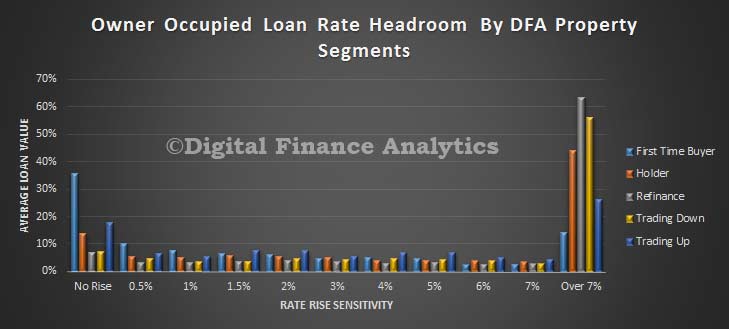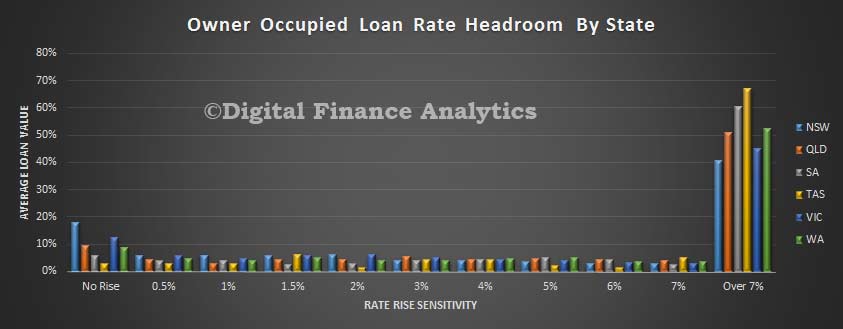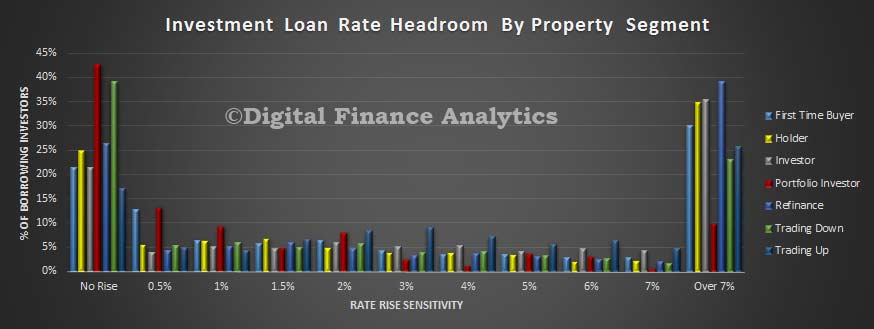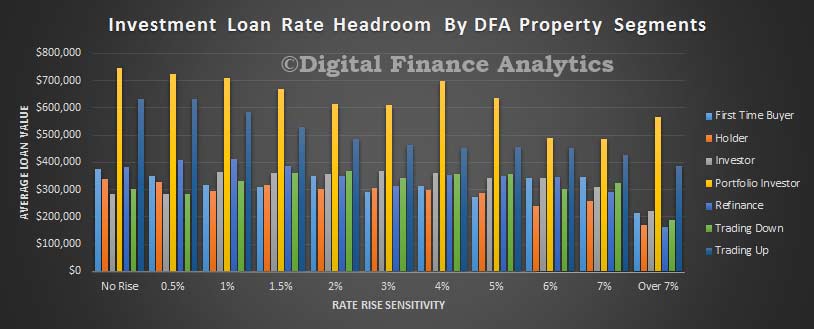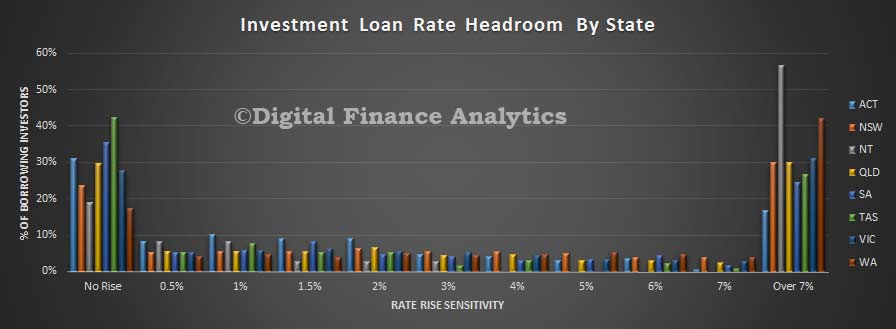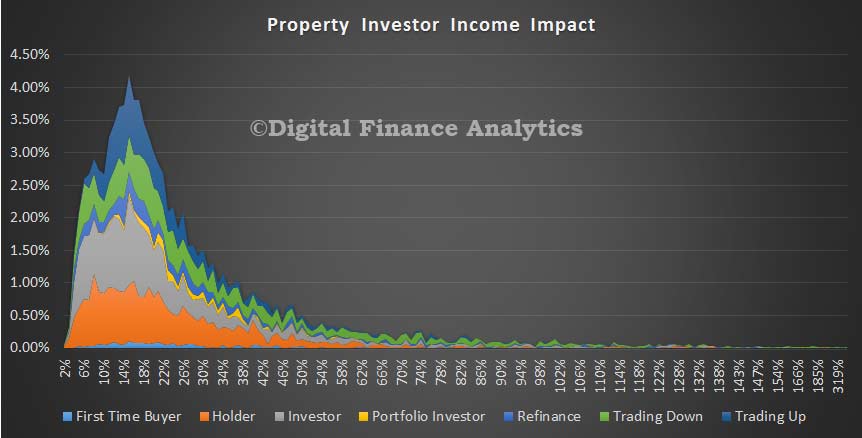Smaller banks are likely to have to set aside more Pillar 1 capital to cover potential market risks when the Basel Committee on Banking Supervision’s (Basel Committee) revised market risk framework comes into force in 2019, says Fitch Ratings. This is because banks using the standardised approach to calculate market risk capital requirements, including the bulk of second-tier, less sophisticated banks, will face steeper capital charges once they apply the revised approach.
Impact studies conducted by the Basel Committee show that, for a sample of 44 banks using the standardised approach for market risk, median market-risk capital requirements rise by 80% when the revised standardised guidelines are applied.
But on the whole, market risk is low as a proportion of overall risks faced by banks and the additional capital to be earmarked for market risk under the new rules should not be too onerous. The Basel Committee says that the revised framework produces market risk-weighted assets (RWA) that account for less than 10% of total RWAs, higher than the current framework’s 6%, but still low as a proportion of the total.
The standardised approach for market risk capital calculation is still widely used, especially by banks with limited trading activity or those lacking regulatory approval to use internal models. But some banks involved in straightforward commercial banking have sizeable derivative portfolios to hedge currency- and interest-rate risks.
For these banks, revised capital requirements could be more onerous, depending on the complexity of the instruments. Under the revised approach, capital charges will rise for interest rate, credit, FX and commodity derivatives. Exotic derivatives that cannot be broken down into vanilla constituents, or with complex underlyings, and instruments with embedded optionality will attract a residual risk add-on charge, ranging from 0.1%-1% of the gross notional value of the derivative.
Revisions to the standardised approach will overcome some shortcomings in the current framework, which was last amended in 1996. The new framework amends the assumption that all positions can be sold or hedged within 10 days and addresses both the inability to assign capital based on pricing model sensitivities and the failure to fully capture risks associated with credit products, such as credit spread and jump-to-default risks.
Under the new regime, the revised standardised approach will be the fall-back to the internal models-based approach, meaning that banks with internal model approval will still be required to compute capital under the revised standardised approach. The new framework harmonises key sensitivities and calibrations used under the revised standardised and revised models-based approaches. By sharing methodologies used for assessing tail-risks under stressed market conditions and variation in liquidity horizons, comparing results should become more straightforward. This should simplify the application of the revised standardised approach as a fallback if required.
Banks with large trading books use internal models to calculate market risk capital requirements and the Basel Committee’s new framework also overhauled the models-based approach.
Structural flaws in the way banks calculated capital charges for market risk were exposed during periods of severe market stress at the height of the 2008-2009 financial crisis. Post-crisis, the Basel Committee undertook a fundamental review of the trading book. The original proposals were watered down, but we think the final revised minimum capital requirements for market risk will be positive for creditors because traded market risks will be more rigorously capitalised, with banks using more risk-sensitive approaches, rather than the current simplistic and outdated approach.

